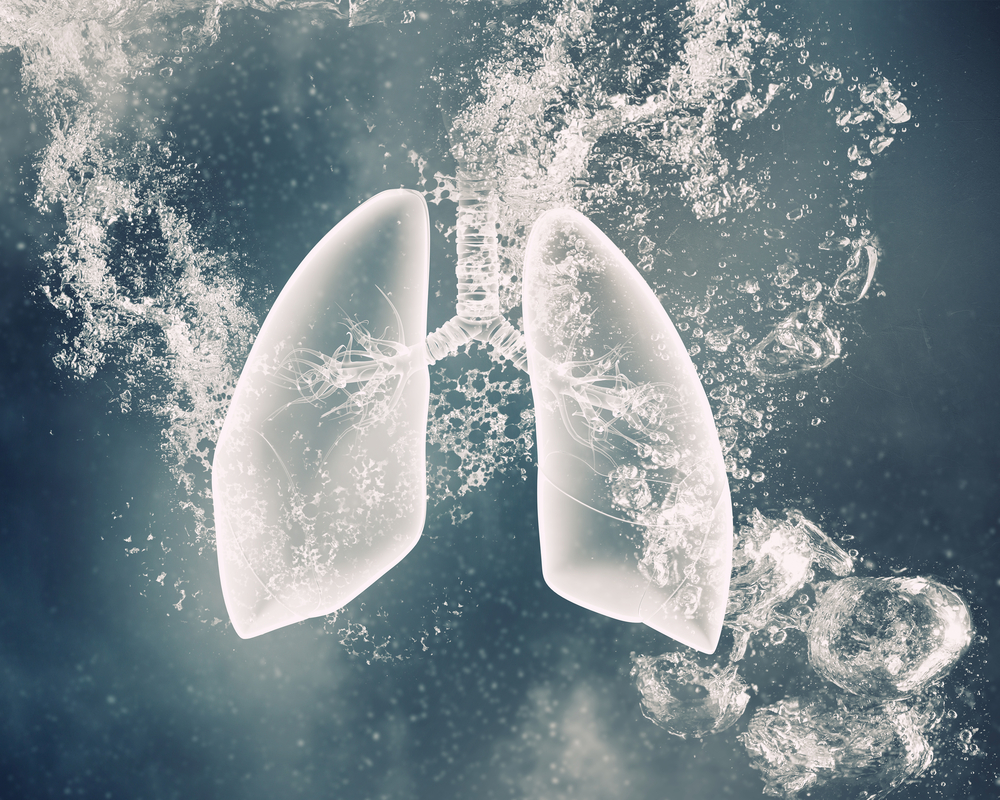Chest Symptoms, Disease Activity at Diagnosis May Predict Risk of Hospital Infections in AAV, Study Suggests

Chest manifestations and disease activity at diagnosis may help predict the risk of infections during hospital stays in patients with anti-neutrophil cytoplasmic antibody (ANCA)-associated vasculitis (AAV), a retrospective study suggests.
The South Korean study, “Birmingham vasculitis activity and chest manifestation at diagnosis can predict hospitalised infection in ANCA-associated vasculitis,” was published in the journal Clinical Rheumatology.
Previous studies have reported that serious infections occur in 20% to 60% of AAV patients.
Researchers assessed the potential risk factors for infections in hospitalized patients and which factors may predict the risk of infection by performing a retrospectively review of the medical records of 154 South Korean patients with AAV.
They included several parameters in their analysis, including age, gender, follow-up duration — the time from diagnosis to a patient’s last visit to the hospital — and the gap-time, the period from diagnosis to the first hospital admission due to a serious infection, and to the last visit for patients without it.
Researchers also analyzed patients’ clinical symptoms and assessed disease activity through the Birmingham vasculitis activity score (BVAS) or BVAS for granulomatosis with polyangiitis (GPA) and five factor score (FFS) 2009, as well as which therapies were administered.
Out of 154 patients, 28.6% were hospitalized for serious infections. Five patients (3.2%) were hospitalized for an infection more than two times.
The most common cause of infections was bacterial pneumonia, confirmed in 29 of 56 episodes of hospitalizations, followed by fungal infections, including aspergillosis, bacterial biliary infection, and P. jirovecii infection.
While previous reports associated older age with a higher risk of infection, researchers found no association between age and risk for hospitalized infections in all AAV patients.
They also found that the factors significantly associated with hospitalized infection during the gap-time duration was chest manifestations and a BVAS value of 20.5 or higher at the time of diagnosis.
“Of 44 patients with hospitalized infection, 32 patients had chest manifestation at diagnosis, … 17 of 32 patients exhibited bacterial pneumonia and 7 of 32 patients exhibited lung infection by fungus, including aspergillosis or P. jirovecii,” researchers wrote.
These results, researchers speculated, may suggest that initial lung manifestations in AAV patients increase the risk for infections in the respiratory tract.
Based on these findings, they recommend a preventive therapy with antibiotics for P. jirovecii to all patients with AAV being treated with glucocorticoids alone or in combination with immunosuppressive drugs.






